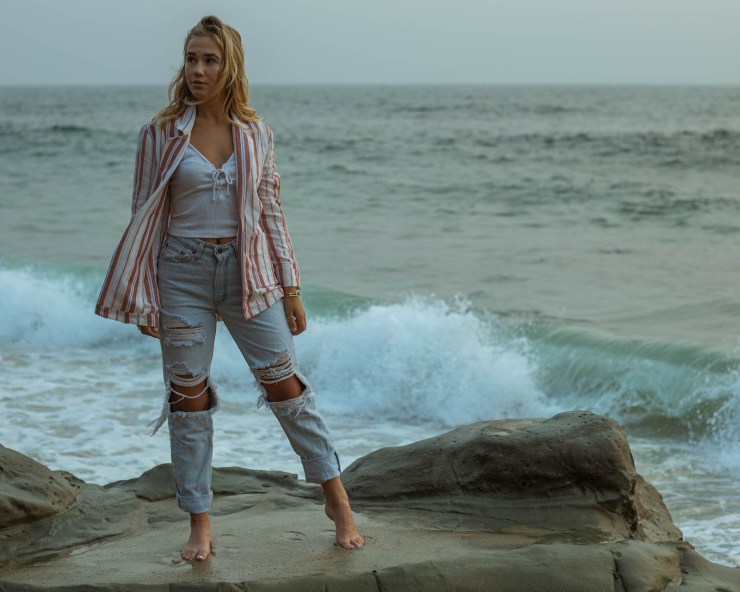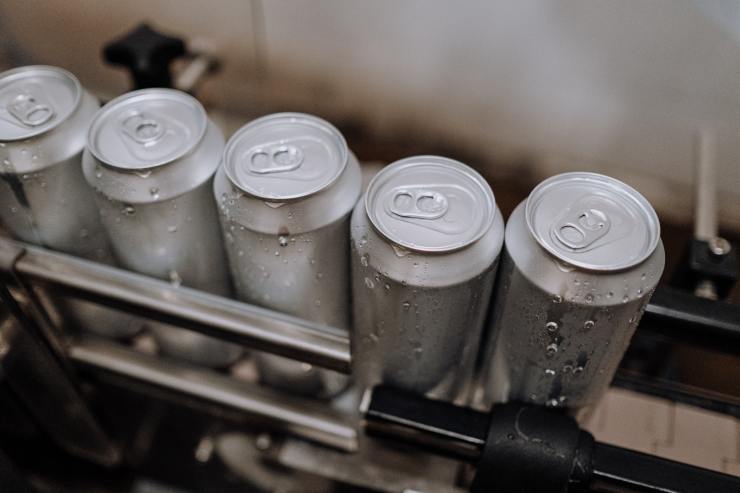If you haven’t checked out part one, click here.
Best practices and breaks
Several strategies can be used when performing photoshoots outside. This includes both technical advice and techniques for making the session more comfortable. Some of these may seem too evident, but most people tend to forget them.
Keep them warm
Knowing that it will be cold outside, remember to keep your model, your equipment and yourself warm at all times.
You and your model are both humans and are easily affected by the cold. Keep your hands, feet and body warm to make the photo session more enjoyable for all of you. Keep asking your model if they are starting to feel cold, or tell them to inform you whenever they feel cold.

Maybe use some items we mentioned before — the more, the better. But you could also use your car, and this brings us to the next point.
If you are too cold yourself you risk shaky hands due to shivering, so be careful to keep yourself warm, too.
Keep the locker closed
What locker? Well, your mode of transportation. Be it your car, caravan, trailer or even a truck. Your vehicle is essentially your locker in this situation. You can also turn it into your heater and keep the equipment (and other models/crew) warm! So keep the doors closed to avoid heat escaping.
It is not recommended to bring all of your gear and leave them in the cold, unused, unless there is someplace where you can keep them warm. Taking trips back and forth is worth the effort, rather than having your equipment fail on you.
Speaking of equipment, here are some conditions that you should be prepared for.
Take utmost care of your equipment
Don’t dare breathe onto your camera lenses or even when near it. In the wintry weather, condensation becomes your worst enemy. Condensation makes that horrible milky, frostyish layer on your lenses. Wiping will not help and defrosting it will take a long time.
Try using a mask. This simple accessory can redirect your breath upwards and also reduces your risk of getting COVID-19. It will frost your glasses or eyelashes, but hey, it’s better than a frosted up lens. If all else fails, just be sure to not switch from warm to cold environments too quickly.
While we are talking about lenses, don’t forget to put that lens cap back on, just in case.
The freezing weather is so annoying that your safe(warm) haven is still also in the danger zone. Remember those moments when you put that cold soda outside, and then it starts sweating/condensing? Yes, that also happens to cameras.

Even worse, frost crystals will appear from inside the camera. The moisture inside would also wreak havoc on the camera’s delicate body. Luckily, you could just simply put it in a zip lock or a roll-top dry bag. Put your camera inside the airtight bag until it reaches room temperature.
Final remarks
The cold weather does bring its own unique conditions, especially when paired with the COVID-19 situation. Protect your crew, model and loved ones by following the local regulations. Stock as needed, bring warm equipment, follow the tips above and you are good to go!
If you are a bit late in catching up with our blog and are reading this in the summer, take similar proportions on very hot days. Keep your models and crew comfortable and cool with cold drinks, ice cream, fans and air conditioning.
So, always be prepared my friend … “Winter is Coming!”
Tell your story with the second annual Visual Storytelling Conference!
Experience four days of interactive, online training sessions featuring a range of educational content with experienced photographers and content creators. This free event kicks off with a series of technical boot camps to build essential skills, followed by live, online sessions on photography, video, business and social media. Join live from March 10-13, 2022!
